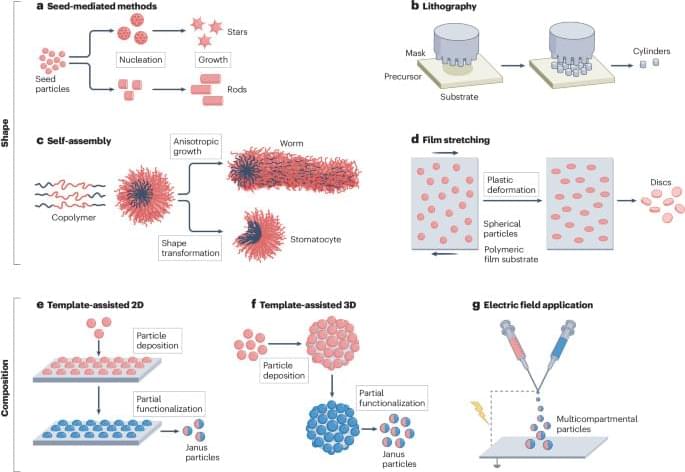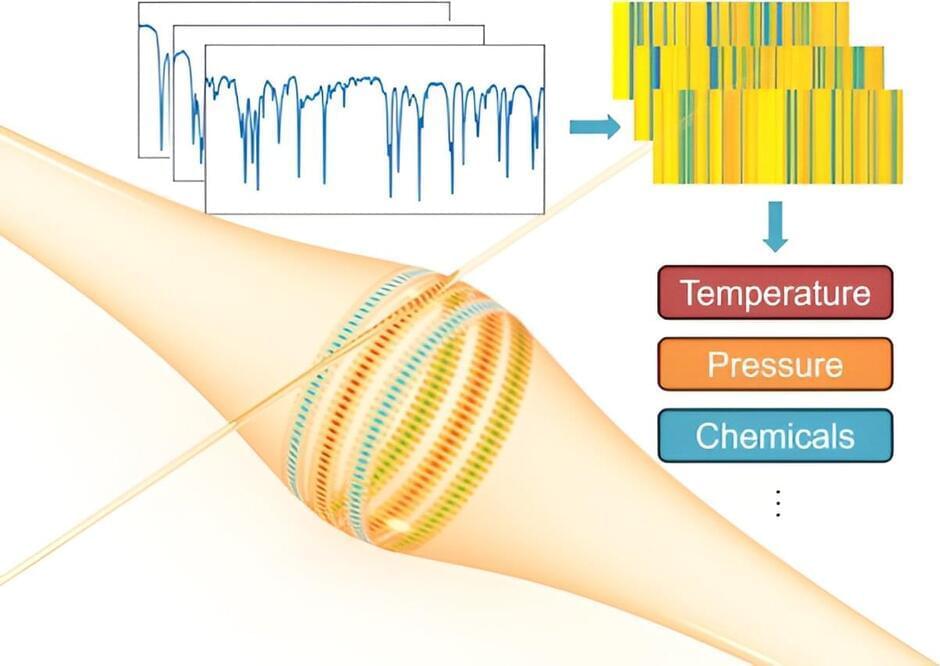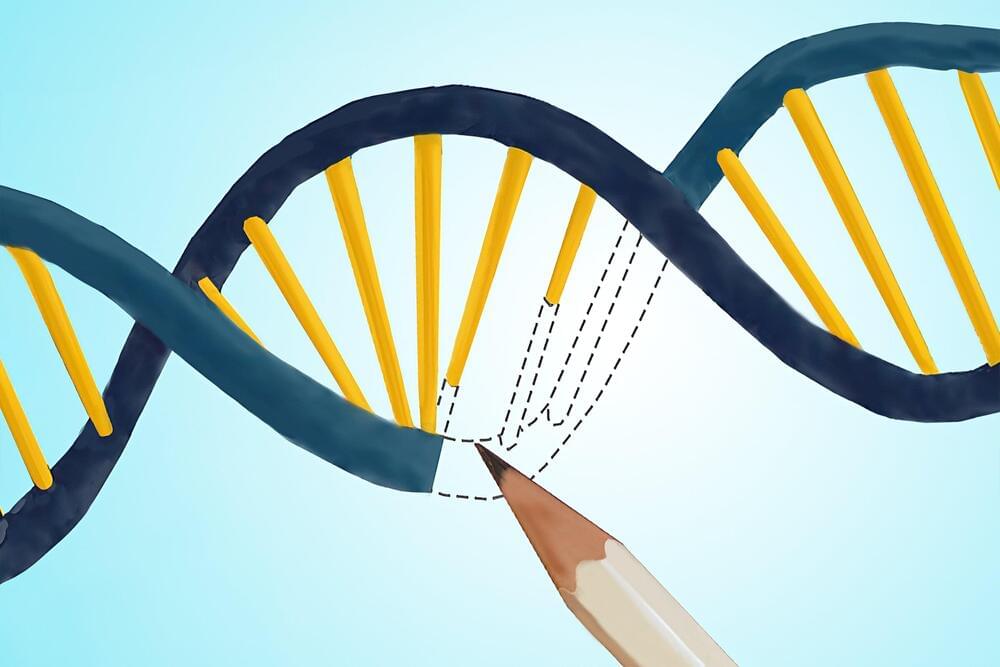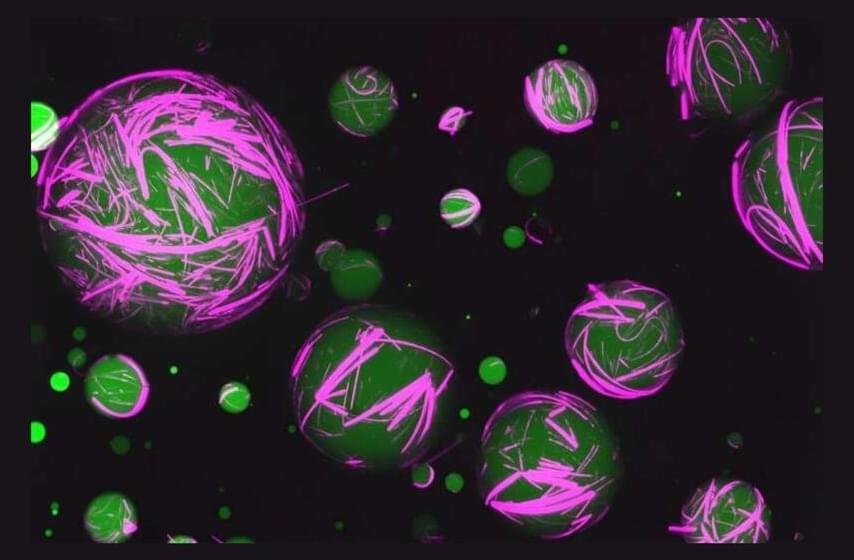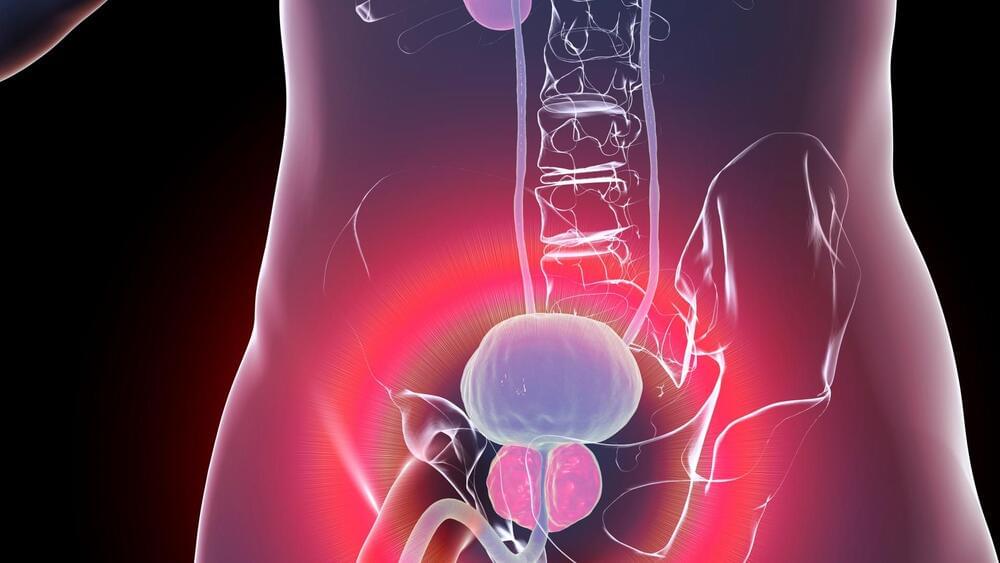Apr 29, 2024
Tiny Robotic Nerve Cuffs Promise Breakthrough in Neurocare
Posted by Genevieve Klien in categories: biotech/medical, cyborgs, robotics/AI
Source: University of Cambridge.
Researchers have developed tiny, flexible devices that can wrap around individual nerve fibers without damaging them.
The researchers, from the University of Cambridge, combined flexible electronics and soft robotics techniques to develop the devices, which could be used for the diagnosis and treatment of a range of disorders, including epilepsy and chronic pain, or the control of prosthetic limbs.





